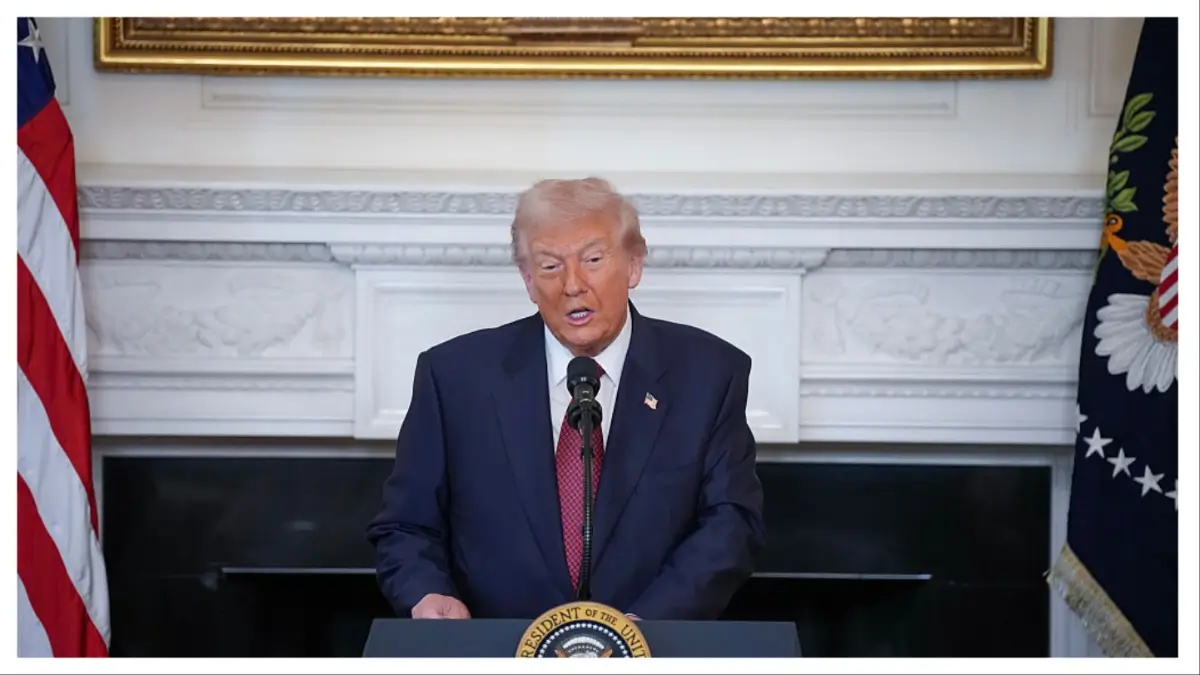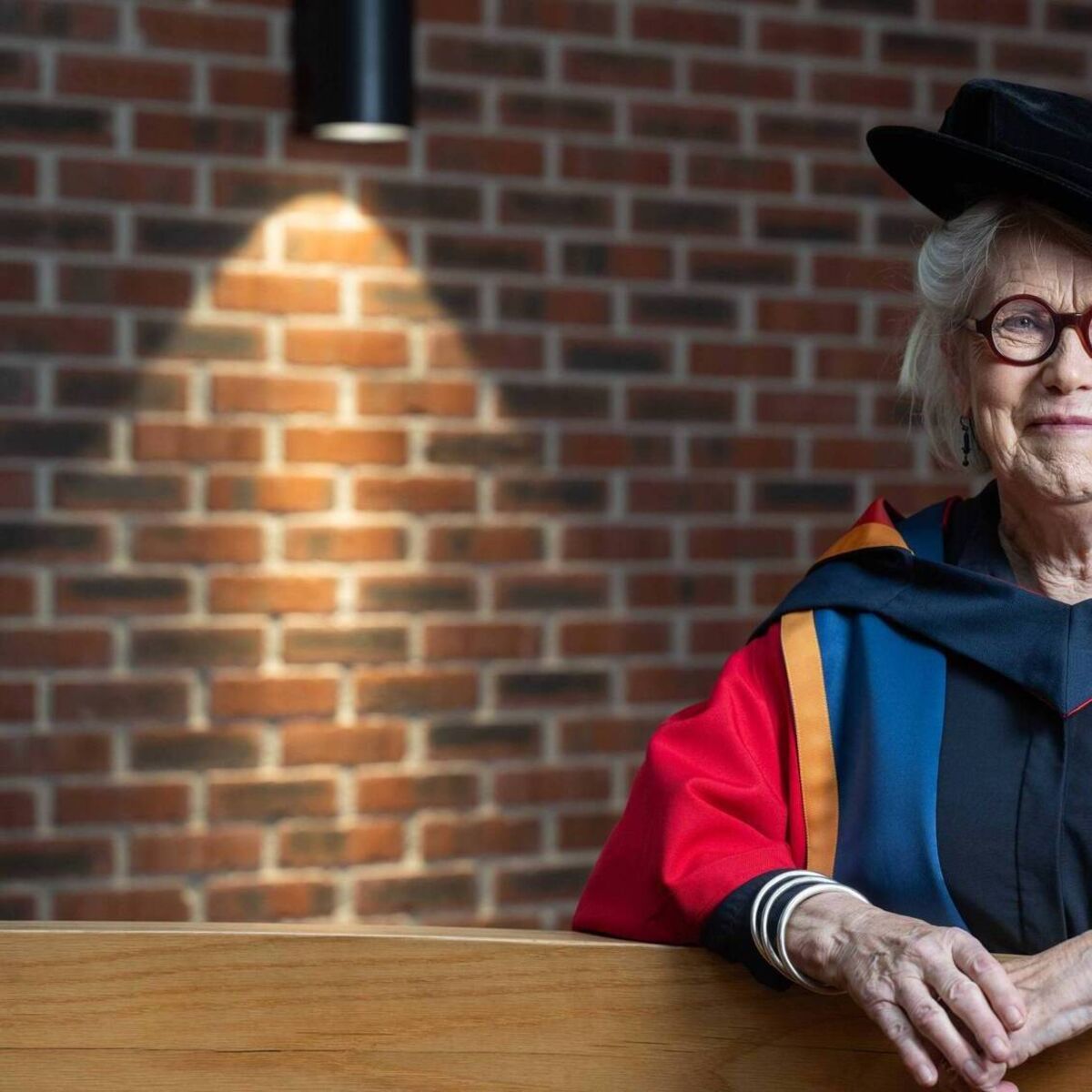Copyright budapesttimes

The book was quickly filmed and went into cinemas only two years later, in 1973, thus there are many “Jackal” landmarks for the enthusiast to see in Paris. It takes time to visit them all – and I did my best – but there is one epic scene that really stands out – not only because of the assassination attempt on President Charles De Gaulle in 1962 but also due to the perhaps surprising Hungarian connection. The film opens mainly around the governmental ministries in central Paris on that fateful day, August 22, 1962, and follows a discreet convoy of cars escorting the sturdy Citroën DS limousine carrying de Gaulle, his wife Yvonne and their chauffeur along the D906 main road to a small, private airfield, a few kilometres south-west of the city. But as they passed a roundabout in the nondescript suburb of Petit-Clamart they were ambushed by the OAS, the Organisation armée secrete (Secret Army Organisation in English), an underground right-wing paramilitary group. Their attempt to assassinate de Gaulle failed and he escaped unharmed through a hail of machine-gun fire that raked the cars and nearby buildings. Remarkably, from a Hungarian perspective, one of those buildings was a tea shop called the Café Trianon. The would-be killers were among many people in France who felt that de Gaulle had betrayed the country by going back on his word and unexpectedly granting independence to Algeria, the north African colony that had been under French rule since 1848. This remarkable story did not end there, with Frederick Forsyth creating his fictionalised version of the assassination attempt and its aftermath. With fact and fiction intertwined, the OAS leaders Rodin, Montclair and Casson, all high in military ranks, went on the run and met up at the “Pensione Kleist” at 55 Novargasse Street in Vienna. There they reviewed the situation and decided that the way to complete the job successfully would be to hire an English contract killer. All ended in fast but unexpected and highly charged climactic results at the Liberation Day event in Paris on August 25, 1963. The Hungarian connection In “The Day of the Jackal” book, there are minor references to Hungarians being involved in the events at Petit-Clamart. However, there is then no further mention of them and neither do they appear in the 1973 film. Regardless, the trio were Lajos Marton, Gyula Sári and László Varga. All came from military backgrounds and they originally met in October 1956 during the Hungarian Uprising against the ruling Soviets. All three became wanted by the communist authorities and they fled to France, where they became involved in the plot against de Gaulle. Soon after the shootout the ambushers were rounded up and arrested. The Hungarians served approximately five years each in a French prison but little is known about them beyond this point. Marton, who finally settled in France, wrote in post-millennial times a defiant, no regrets book called “De Gaulle Must Be Killed”, and he made a book presentation in Budapest (see links below). Varga died soon after his release, I presume in France. As for Sári, perhaps he remains alive as I have been unable to find anything to the contrary. Petit-Clamart, then and now There is little more to say about this otherwise sleepy suburb and its brief spell of infamy. If there, look out for the recently placed but very tokenish information board by the roundabout. What became of the Café Trianon is anyone’s guess. When I was there recently I could not find any trace of this business at all. Although this immediate area is clearly a defining de Gaulle landmark, as well as an essential site for Forsyth and Jackal followers, beyond this it is just a working class residential area, and that’s all. Getting there is tricky. It’s about 18 kilometres from the centre of Paris, from where public transport takes roughly one hour. I cannot recommend any easier option other than to make your way to the Mairie d’Issy end stop on the green Number 12 metro line. From there find the number 190 bus nearby and proceed to the Charles Debry bus stop. The all-important roundabout is just a few metres away. Then all that remains to do is to walk around in Frederick Forsyth’s footsteps and de Gaulle’s miraculous escape route in this otherwise dreary, lesser-known place. Despite taking some considerable time to accomplish, my visit was worth it. So I merely round off this occasion by saying “Thanks, Frederick, for the history lesson and for the riveting literary classic. Plus this remarkable one-of-a-kind outing provided a welcome escape from the very congested Parisian metropolis and overcrowded tourist mainstream. Finally, and perhaps needless to say, this galloping account of underground activity in both book and film comes highly recommended.



